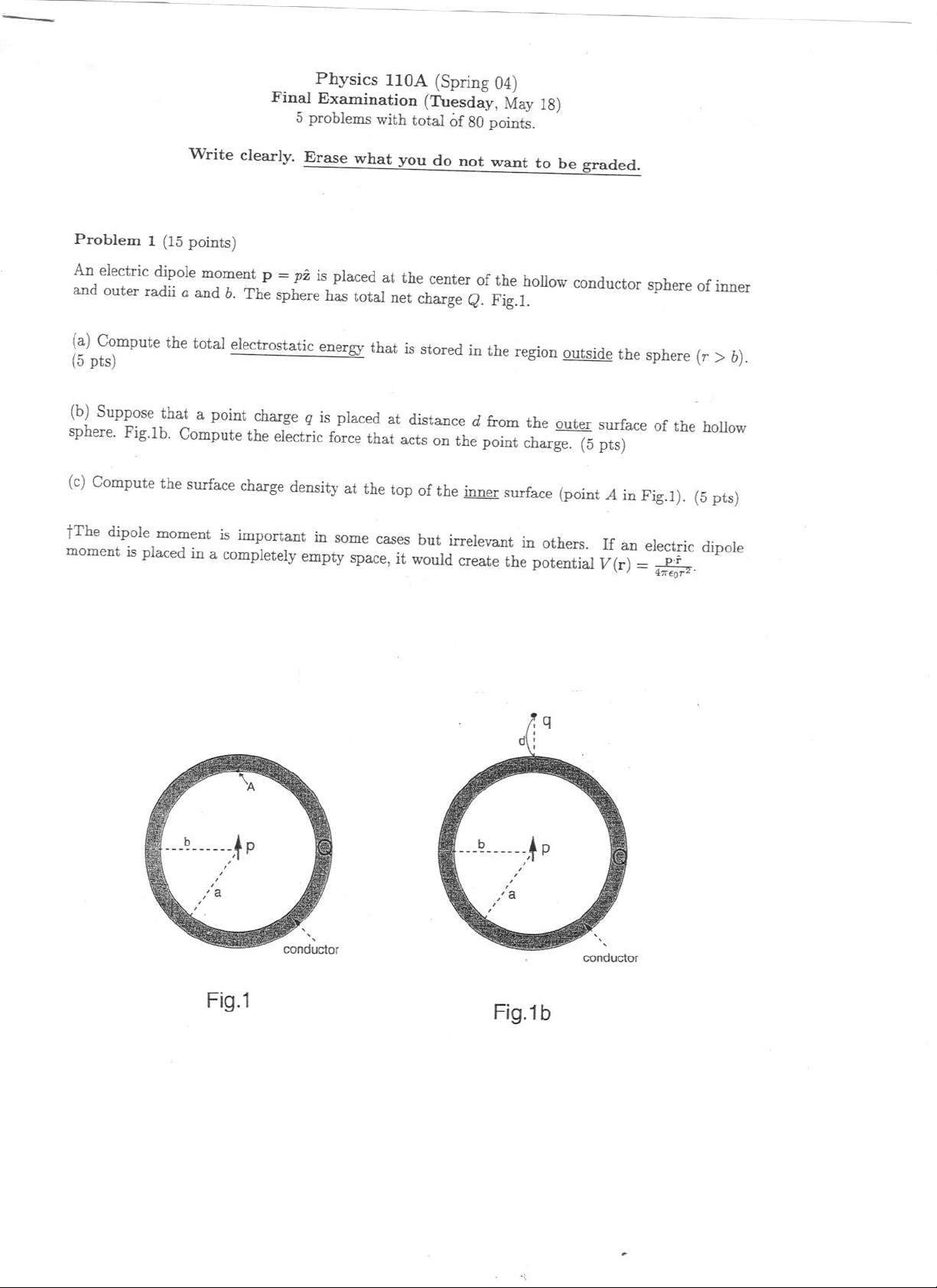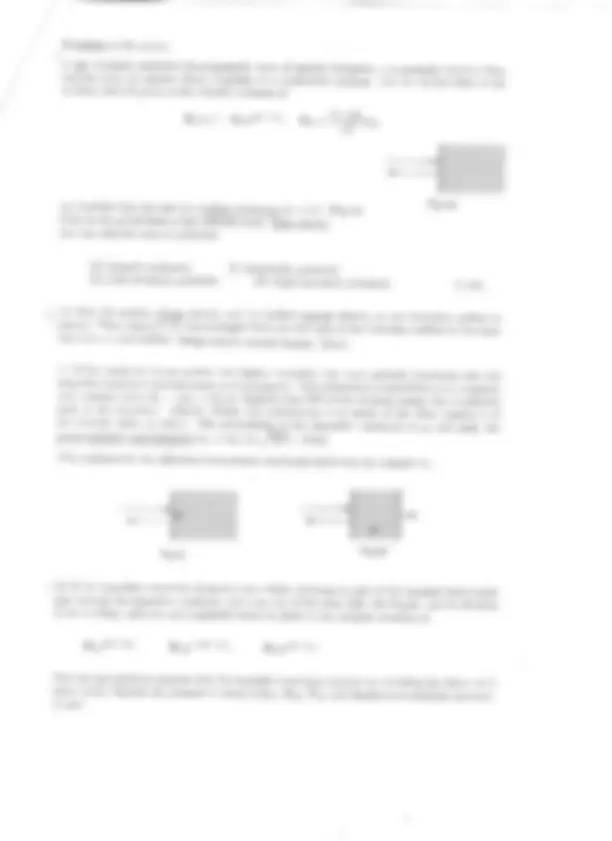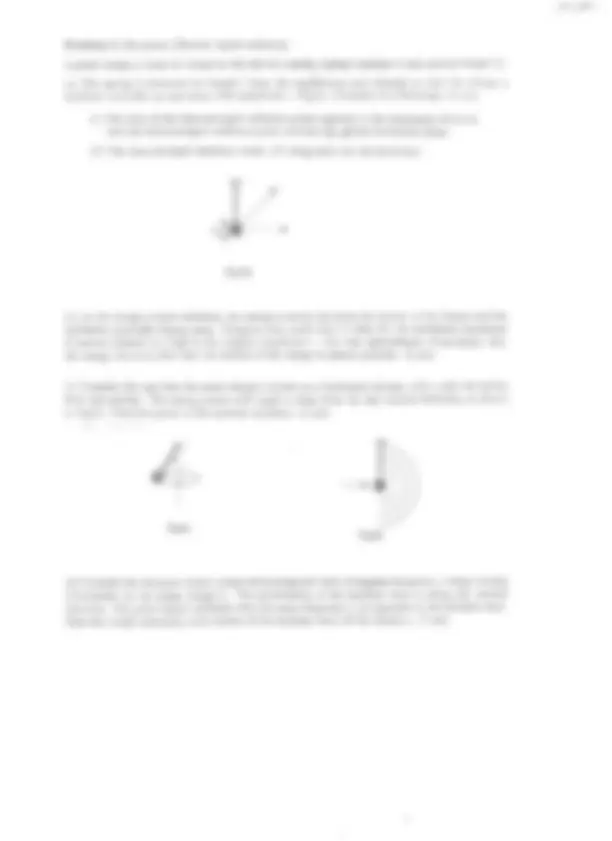




Study with the several resources on Docsity

Earn points by helping other students or get them with a premium plan


Prepare for your exams
Study with the several resources on Docsity

Earn points to download
Earn points by helping other students or get them with a premium plan
Community
Ask the community for help and clear up your study doubts
Discover the best universities in your country according to Docsity users
Free resources
Download our free guides on studying techniques, anxiety management strategies, and thesis advice from Docsity tutors
These are the Notes of Exam of Electromagnetism and Optics which includes Wedge Shaped Conductor, Static Line Charge Density, Rest Frame of Particle, Constant Charge Density etc. Key important points are: Electric Dipole Moment, Electrostatic Energy, Electric Force, Hollow Conductor Sphere, Total Net Charge, Electric Force, Point Charge, Surface Charge Density
Typology: Exams
1 / 4

This page cannot be seen from the preview
Don't miss anything!


